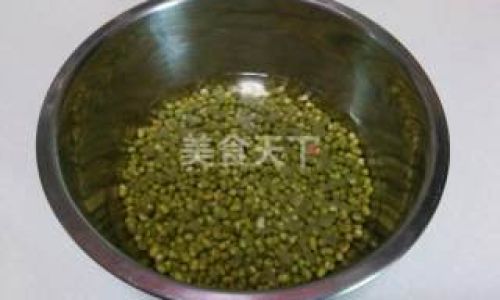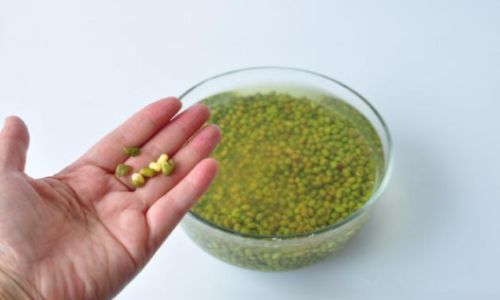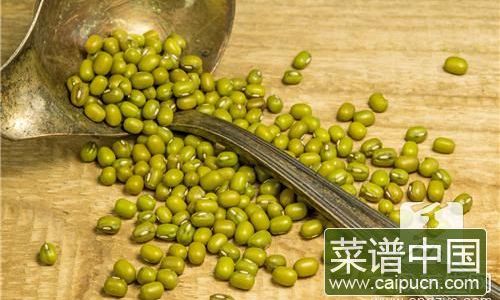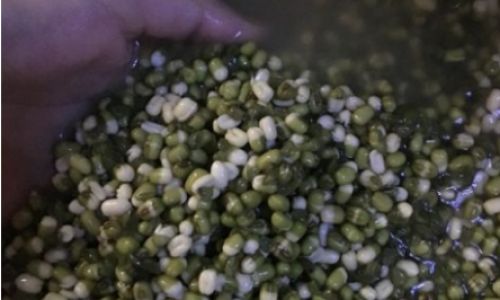Introduction
Mung beans, also known as green grams or moong beans, are a staple in many cuisines worldwide, renowned for their nutritious value and versatility in cooking. From sweet desserts to savory dishes, these tiny legumes offer a myriad of culinary possibilities. However, one common challenge faced by home cooks and professional chefs alike is the tedious task of peeling mung beans. While the hulled version, known as split mung beans, is readily available in stores, many prefer to peel them fresh for optimal freshness and texture. In this comprehensive guide, we will explore various methods to efficiently peel mung beans, ensuring that your culinary endeavors are both streamlined and successful.
Understanding the Importance of Peeling
Before diving into the peeling process, it’s crucial to understand why peeling mung beans might be necessary. Peeling removes the outer layer, known as the hull or husk, which can sometimes be tough and less palatable. By peeling, you unlock a softer, smoother texture that enhances the overall eating experience. Additionally, peeled mung beans cook more evenly, resulting in a more consistent dish. For recipes that call for a pristine white color, such as certain desserts, peeled beans are a must.

Preparation Before Peeling
-
Sorting and Cleaning: Begin by sorting through your mung beans to remove any stones, debris, or damaged beans. Rinse them thoroughly under cold running water to ensure they are clean.
-
Soaking: Soaking mung beans overnight or for at least 6-8 hours can soften the hulls, making them easier to remove. Use plenty of water to cover the beans completely and change the water once or twice during soaking to prevent fermentation.
-
Draining: Once soaked, drain the beans thoroughly. Excess water can make the peeling process messy and less effective.
Methods for Peeling Mung Beans
Manual Peeling
While time-consuming, manual peeling offers precision and control. Here’s how you can do it:

-
Using Your Fingers: Place a few soaked beans between your thumb and forefinger. Gently squeeze and rub the bean between your fingers. The hull should come off easily. This method requires patience but ensures that each bean is perfectly peeled.
-
Peeling with a Knife: For a slightly faster approach, you can use a sharp knife. Hold the bean with one hand and gently scrape the edge of the knife against the bean’s surface. The hull should peel away in strips. Be cautious to avoid cutting the bean itself.
Mechanical Peeling
For larger quantities, mechanical methods can be more practical.
-
Food Mill or Blender: Place a small batch of soaked beans in a food mill or blender. Use the coarsest setting to gently crush the beans without completely pulverizing them. The pressure from the blades will often separate the hulls from the beans. Sieve the mixture to separate the peeled beans from the hulls. Note that this method may result in some broken beans.
-
Electric Peeler: Specialty electric peelers designed specifically for nuts and seeds can also be used for mung beans. These devices typically have rotating blades that friction-peel the beans as they pass through. While effective, they can be costly and may not be suitable for home use unless you frequently need to peel large quantities.
Blanching and Rubbing
This method combines heat with friction to efficiently peel the beans.

-
Blanching: Bring a large pot of water to a boil. Add a pinch of baking soda (optional, to help loosen the hulls). Blanch the soaked beans for about 1-2 minutes. The water should turn slightly murky as the hulls start to come off.
-
Ice Water Bath: Immediately transfer the blanched beans to an ice water bath to stop the cooking process. This step also helps firm up the beans, making them easier to handle.
-
Rubbing: Once cooled, drain the beans and place them in a clean kitchen towel or cheesecloth. Rub the beans gently but firmly together. The friction will cause the hulls to detach. Alternatively, you can use a rubber spatula to gently scrape the beans against the bottom of a bowl.
Using a Sieve
A simple sieve can also be employed for peeling, especially if you don’t mind some broken beans.
-
Placing Beans in Sieve: After soaking and draining, place the beans in a fine-mesh sieve.
-
Rubbing Against Sieve: Rub the beans gently against the sieve’s mesh. The friction will cause some of the hulls to fall off. This method is less precise but can be effective for small batches.

Freezing and Thawing
An unconventional yet effective method involves freezing and thawing the beans.
-
Freezing: Spread the soaked beans in a single layer on a baking sheet and freeze until solid. Transfer the frozen beans to an airtight container.
-
Thawing and Peeling: When ready to use, thaw the beans. The expansion and contraction during freezing and thawing can weaken the bond between the hull and the bean, making them easier to peel manually or with light rubbing.
Post-Peeling Tips
-
Inspecting: After peeling, inspect the beans to ensure all hulls are removed. Any remaining hulls can be picked out by hand.
-
Storing: Peeled mung beans can be stored in an airtight container in the refrigerator for up to 3 days or in the freezer for longer storage.

-
Using: Peeled mung beans are versatile and can be used in a variety of recipes, from desserts like mung bean paste to savory dishes like stir-fries and soups.
Conclusion
Peeling mung beans may seem like a daunting task, but with the right techniques and tools, it can be a manageable and rewarding process. Whether you opt for manual peeling for precision, mechanical methods for efficiency, or unconventional techniques like freezing and thawing, the key is to find what works best for your needs and culinary preferences. By mastering the art of peeling mung beans, you’ll unlock a world of culinary possibilities, enhancing both the taste and texture of your dishes. Happy peeling, and bon appétit!






0 comments